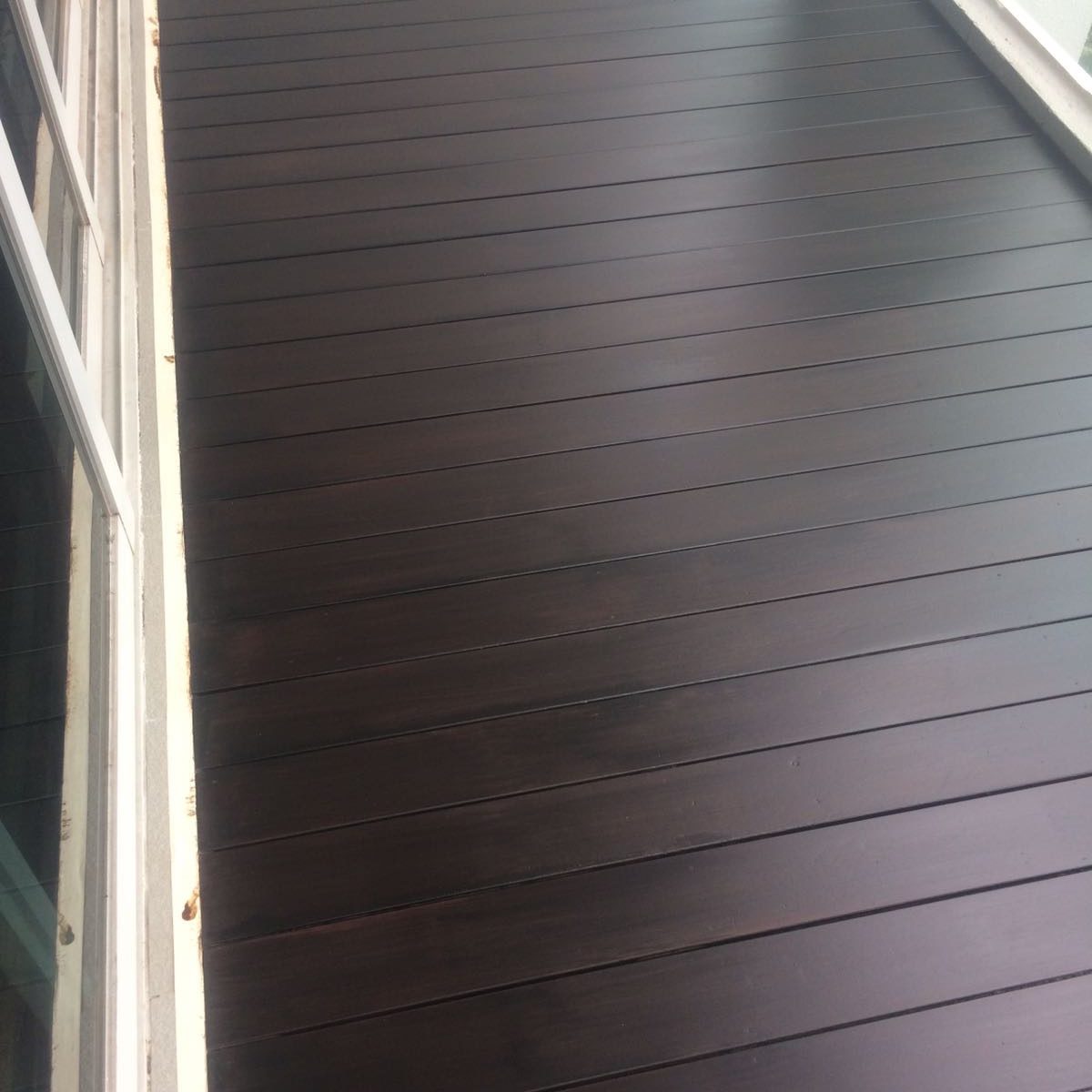Varnishing
The most flexible of wood finishes – varnishing can be applied as a final coat, or simply as a wood paint to renew timber surfaces
Have a piece of repainted furniture that requires a final coat of polished finish? Or maybe you have grown tired of your dining table, and are looking for a finish with perhaps a darker tone? Look no further, as the versatility of varnishing can do all of that for you. Be it coating furniture or refreshing parquet or timber platforms, the result is a smooth surface that has become like-new.
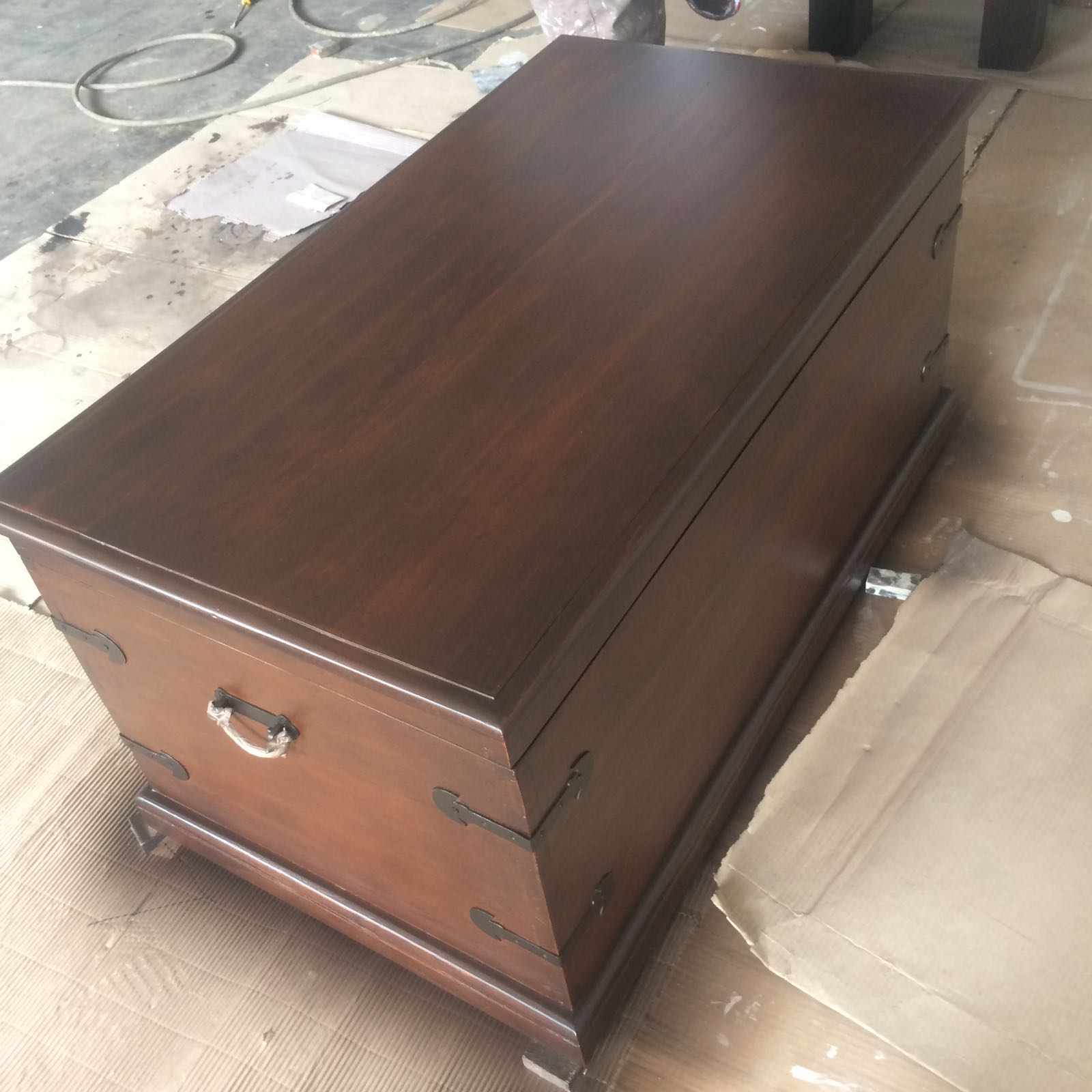
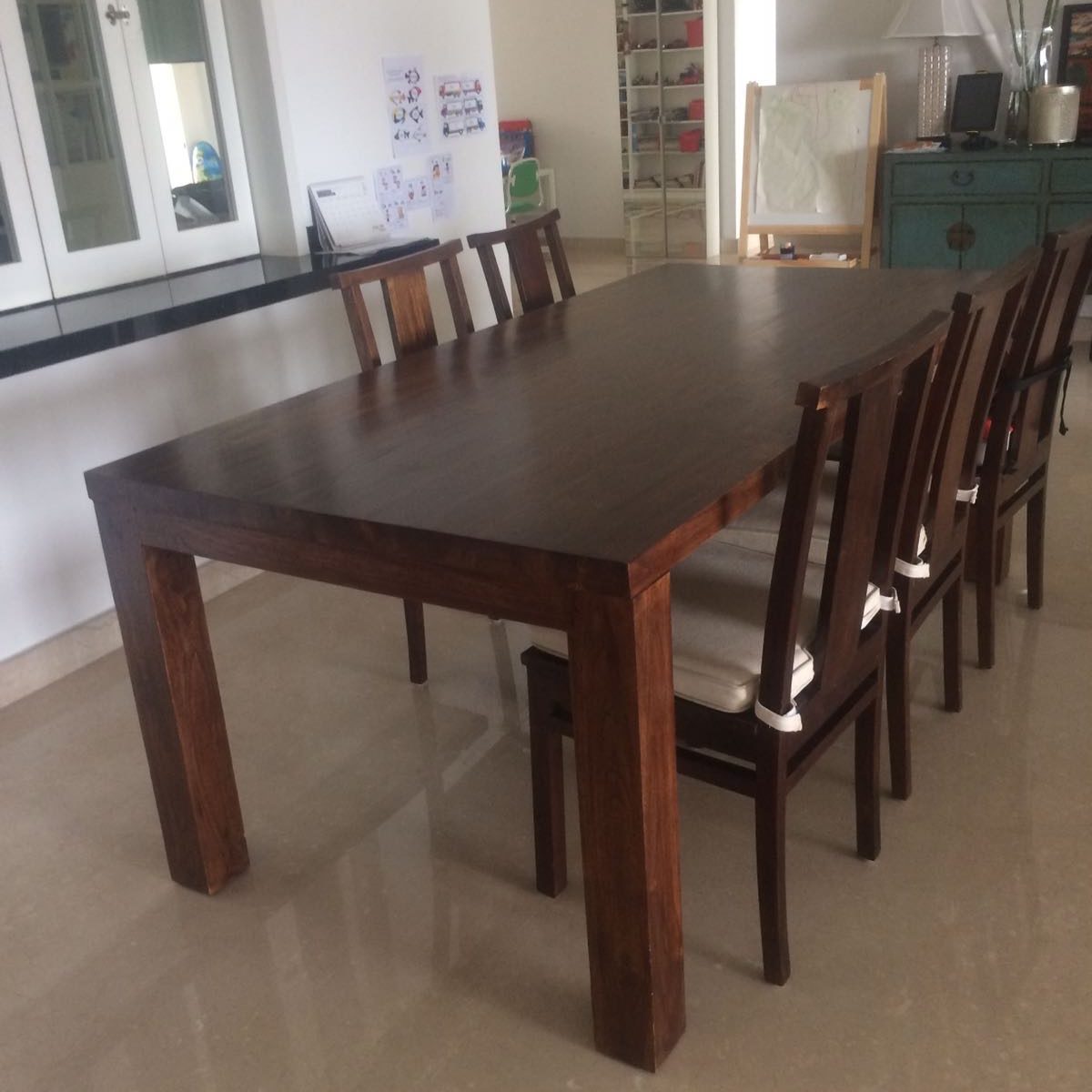
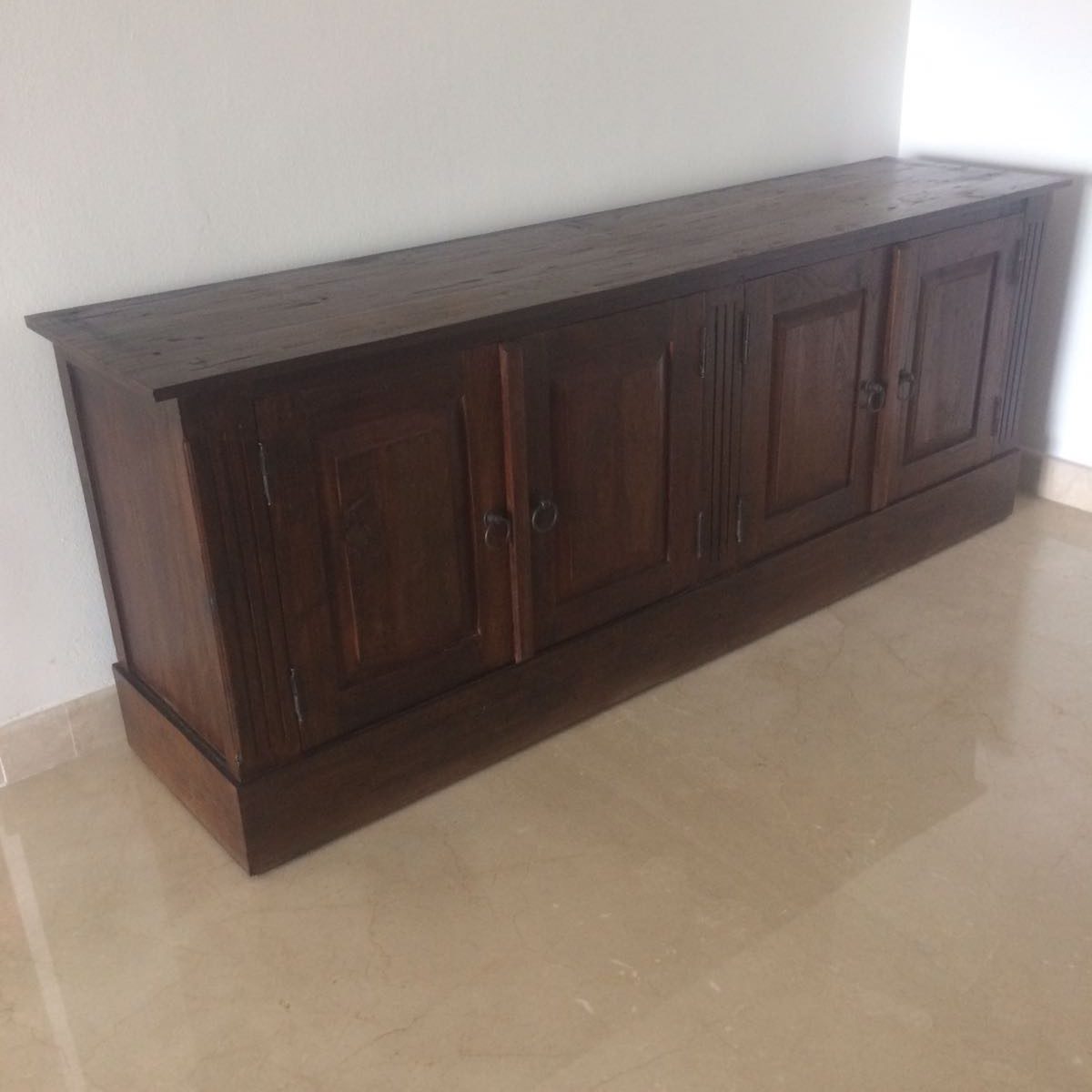
What is Involved?
Our team of finishing experts makes all the magic happen. All you need to do is tell us how you like your timber surface to turn out, and leave the rest to us. You may also check out our portfolio and see what inspires you.
Varnishing takes effort and skill for a proper, uniform finish, and can typically be broken down into 3 main steps.
1. Preparatory Works
Prior to varnishing any timber surfaces, it is essential to patch up any obvious cracks and gaps with wood putty.
2. Sanding
In order to produce uniform finishing, the sanding process is crucial, and will be featured in each stage before applying any coat of varnish.
We use specialised machinery to lightly sand your timber surface before applying the first coat, to smooth out the surface and eliminate any bumpiness.
After that, we do one final light sanding, which is followed by the final coat so that the finish will be even, and pleasing to the eye.
3. Varnishing
According to your preferences, you may renew the look of your timber surface while opting for a darker shade of varnish, or maintain its natural appearance with a clear coat.
Varnish coats (turpentine-based) will be applied using a roller, while lacquer coating (thinner-based) will require spray-painting. The first coat will be applied after light sanding, and then left to dry (allow at least 10 hours for varnish coating, and at least 1 to 2 hours for lacquer coating).
The second and final coat will then be applied via roller or spray-painted (depending again on if varnish or lacquer is used) after final round of light sanding. When done right, the outcome is a timber surface that has become renewed, yet retaining its natural qualities in appearance.
Finished Outcome
BEFORE
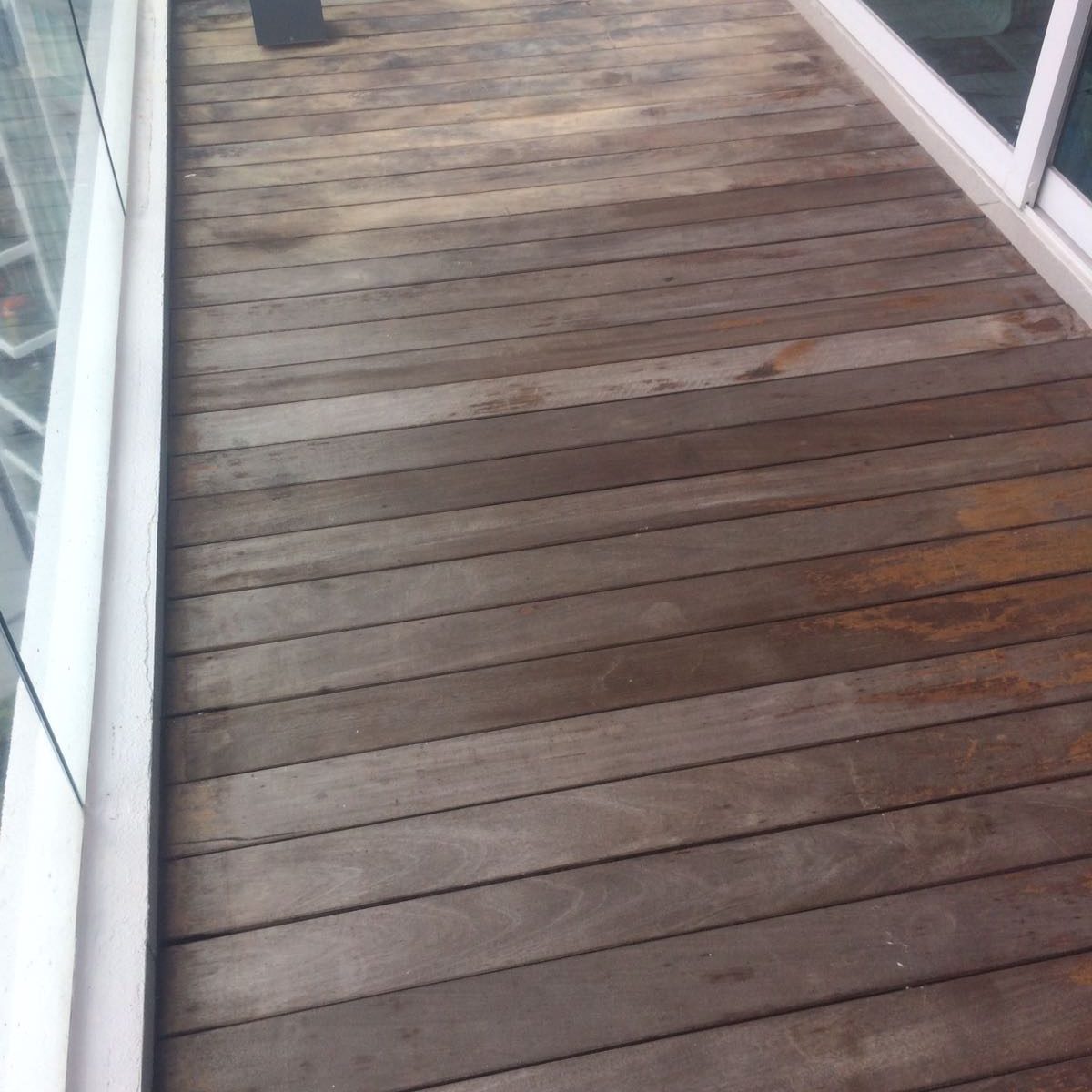
AFTER
